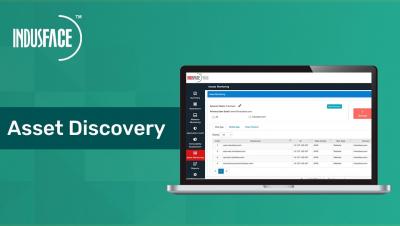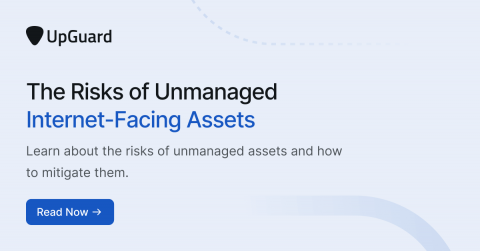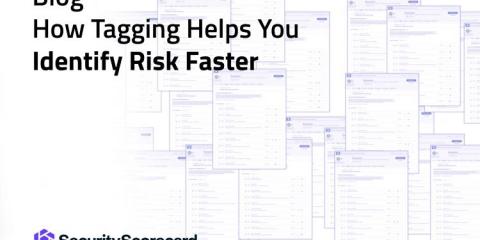Using Asset Management to Keep a Cloud Environment Secure
In modern network environments focused on cloud technology, organizations have undergone a significant transformation in the development and deployment of their IT assets. The introduction of cloud technology has simplified and expedited the deployment process, but it often lacks centralized change management. The cloud's shared responsibility model enables quick deployment and scaling but can pose security risks if not properly managed and understood.










